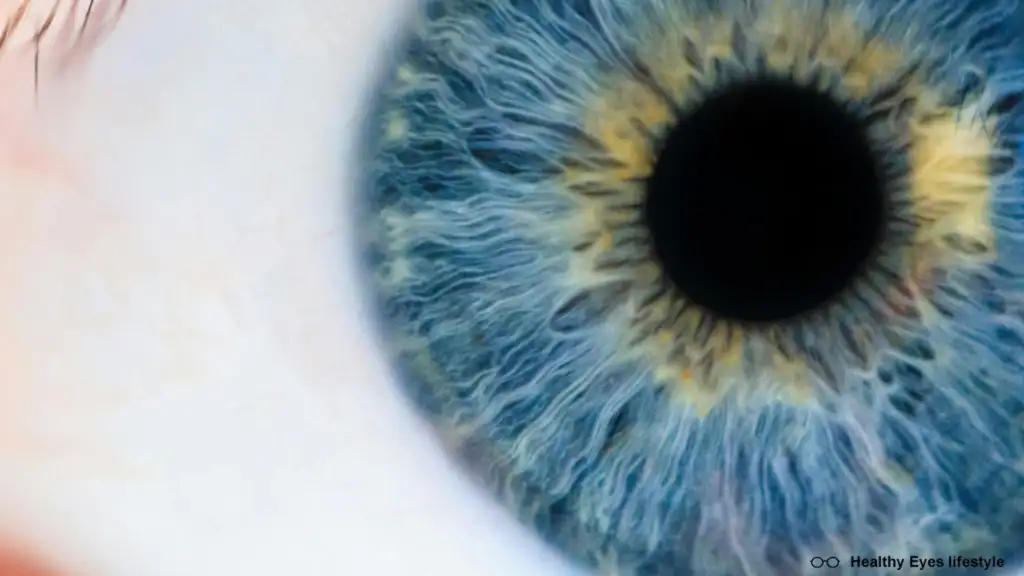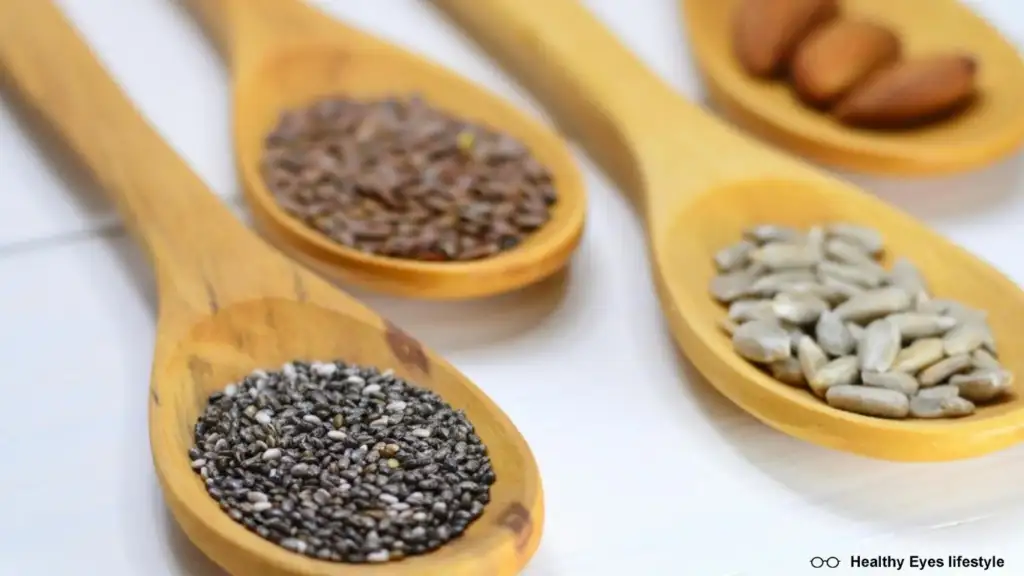Share This Article
Table of Contents
Introduction
“Living with thyroid eye disease can feel overwhelming. The effects go beyond physical discomfort, impacting emotional well-being and daily life. If you or someone you know is dealing with thyroid eye disease, you’re not alone. This guide explores everything from the first signs to effective treatments, so you can find comfort, clarity, and support in your journey.”
Understanding thyroid eye disease (TED) can feel daunting, especially when its symptoms impact your vision, comfort, and confidence. For those managing this condition, having a comprehensive guide that addresses symptoms, causes, treatments, and lifestyle adaptations can make all the difference. Here’s a complete breakdown of TED to help you understand the journey, the options, and the support available.

What is Thyroid Eye Disease (TED)?
Thyroid eye disease, or TED, is a rare condition often tied to thyroid health, particularly with Graves’ disease. TED occurs when the immune system mistakenly attacks the tissues around your eyes, causing inflammation and other symptoms. While TED primarily affects individuals with thyroid imbalances, it’s not limited to them, as TED may also develop in people without thyroid disorders.
Recognizing TED early is crucial. Without timely intervention, symptoms can intensify, impacting your eyesight and comfort. With the right support, managing TED can be more manageable, allowing you to maintain your well-being.
Recognizing the Symptoms of Thyroid Eye Disease
Symptoms of TED vary and can progress if not managed. Awareness of these signs can prompt early consultation with a healthcare provider, potentially reducing symptom severity.
- Early Signs of TED
- Initial symptoms are often subtle, including dry, itchy, or red eyes. You might notice some swelling around your eyes, accompanied by a gritty sensation, light sensitivity, or difficulty closing your eyelids fully. These signs might seem minor but can signify the early stages of TED, especially if they persist or worsen over time.
- Progressive Symptoms
As TED progresses, more noticeable signs like eye bulging (proptosis) and double vision can occur. Some individuals experience limited eye movement, pain, and a more intense sensitivity to light. If these symptoms interfere with your daily routine, it’s essential to seek medical evaluation.
Causes and Risk Factors for Thyroid Eye Disease
TED stems from an autoimmune response, typically linked to thyroid dysfunctions. Understanding the underlying factors can help in managing and preventing worsening symptoms.
- Autoimmune Response
TED is primarily an autoimmune condition, meaning your body’s immune system mistakenly attacks its tissues. In TED, immune cells target the muscles and tissues around the eyes, causing inflammation.
- Thyroid Disease Connection
TED is most commonly associated with Graves’ disease, an autoimmune thyroid condition. However, hyperthyroidism or hypothyroidism can also increase TED risk. While these conditions raise the likelihood, they aren’t the only factors at play.
- Other Influences
Certain lifestyle factors, like smoking, are linked to TED. Smokers with Graves’ disease, for instance, are more susceptible to TED symptoms. Environmental stressors or even genetics may also influence TED development, emphasizing the importance of a supportive lifestyle.

Diagnosing Thyroid Eye Disease
Accurate TED diagnosis typically involves a detailed medical history, physical exams, and specific tests to assess eye health and thyroid function.
- Medical History and Initial Exam
Your physician will review your symptoms, focusing on any history of thyroid issues. Initial exams might include assessing eye movement, checking for bulging, and noting any vision difficulties.
- Diagnostic Tests and Imaging
To confirm TED, healthcare providers often use blood tests to examine thyroid hormone levels. Imaging, like MRIs or ultrasounds, allows a detailed look at eye muscles and surrounding tissues, helping to identify TED’s progression and severity.
Treatment Options for Thyroid Eye Disease
TED treatment focuses on reducing inflammation, managing symptoms, and restoring eye health. Options range from non-surgical methods to advanced surgical procedures, depending on the condition’s severity.
- Non-Surgical Treatments
For mild TED symptoms, treatments can include lubricating eye drops and over-the-counter ointments to soothe dry eyes. Prescription medications, like corticosteroids, may reduce inflammation, though it’s essential to follow a physician’s guidance due to potential side effects. Adjusting lifestyle habits, like taking screen breaks and wearing sunglasses, can also help ease eye strain.
- Advanced Therapies
For moderate to severe TED, intravenous (IV) steroid therapy is sometimes recommended to quickly reduce inflammation. Radiation therapy may also be an option, especially when other treatments aren’t effective, although it’s generally reserved for specific cases.
- Surgical Options
In severe TED cases, surgeries like orbital decompression may be necessary to create space for swollen tissues, alleviating pressure and discomfort. Other surgical options include eyelid adjustments and strabismus surgery to correct double vision. Surgery is typically considered when TED has stabilized and when symptoms significantly impact vision and quality of life.
Managing Thyroid Eye Disease at Home
Managing TED symptoms doesn’t stop at medical treatments; there are daily habits and nutrition choices that can support your eyes and thyroid health.
- Daily Care Tips
Staying hydrated, taking regular breaks from screens, and avoiding environments that irritate the eyes can significantly reduce discomfort. Wearing sunglasses outdoors shields your eyes from both sunlight and environmental pollutants.
- Nutrition for Eye and Thyroid Health
A diet rich in anti-inflammatory foods can benefit TED. Below is a table of specific foods that support both eye and thyroid health:
| Food | Benefits |
| Leafy Greens | High in vitamins A and C, reducing inflammation |
| Salmon | Omega-3 fatty acids help reduce eye dryness |
| Nuts and Seeds | Provide selenium and zinc for immune health |
| Berries | Antioxidants that combat oxidative stress |
| Whole Grains | Fiber for thyroid hormone balance |
Incorporate these foods into simple recipes, like a berry and spinach salad with a sprinkle of nuts or a salmon and quinoa bowl, to naturally support your thyroid and eye health.

Living with Thyroid Eye Disease: Tips and Support
TED can impact not just your physical well-being but also your emotional health. Finding support and understanding your options can ease the emotional strain of the journey.
- Emotional Impact
TED’s symptoms, especially visible ones like eye bulging, can affect self-confidence and cause feelings of isolation. Acknowledge the emotional side of the condition and consider speaking with friends, family, or a counselor about how you’re feeling.
- Support Networks
Joining a support group, whether local or online, can provide connection and insight from others with similar experiences. Many TED-focused communities share coping tips, product recommendations, and encouragement, offering valuable resources.
Frequently Asked Questions (FAQ): Thyroid Eye Disease
- Can TED occur without Graves’ disease?
Yes, while TED commonly occurs in individuals with Graves’ disease, it can develop in those with other thyroid conditions or, rarely, without any thyroid disorder.
- How long does TED last?
TED varies by individual; symptoms may last from a few months to several years. With proper management, some people achieve symptom remission.
- Is TED curable or only manageable?
Currently, TED management focuses on controlling symptoms rather than curing the condition. However, advancements in treatments mean that symptom control and quality of life improvement are increasingly achievable.
- Are there specific dietary recommendations for TED?
A nutrient-dense, anti-inflammatory diet rich in whole foods, healthy fats, and antioxidants can support thyroid and eye health, possibly reducing symptom intensity.
Conclusion
Managing thyroid eye disease is a journey that can be challenging, but you don’t have to face it alone. From lifestyle changes to medical treatments, there are numerous strategies to help alleviate symptoms and improve your quality of life. By taking proactive steps and staying connected to support, you can navigate TED with greater resilience and confidence.



